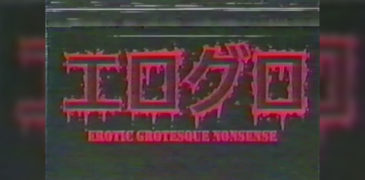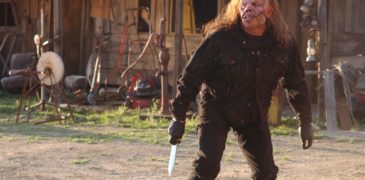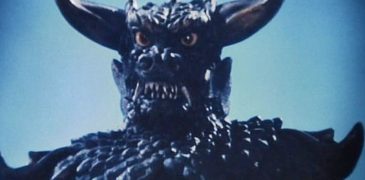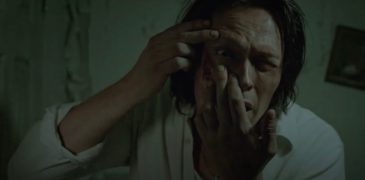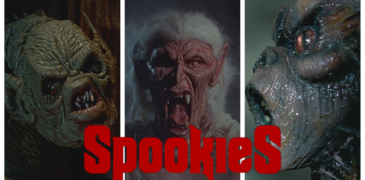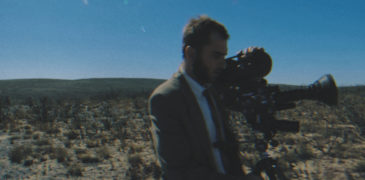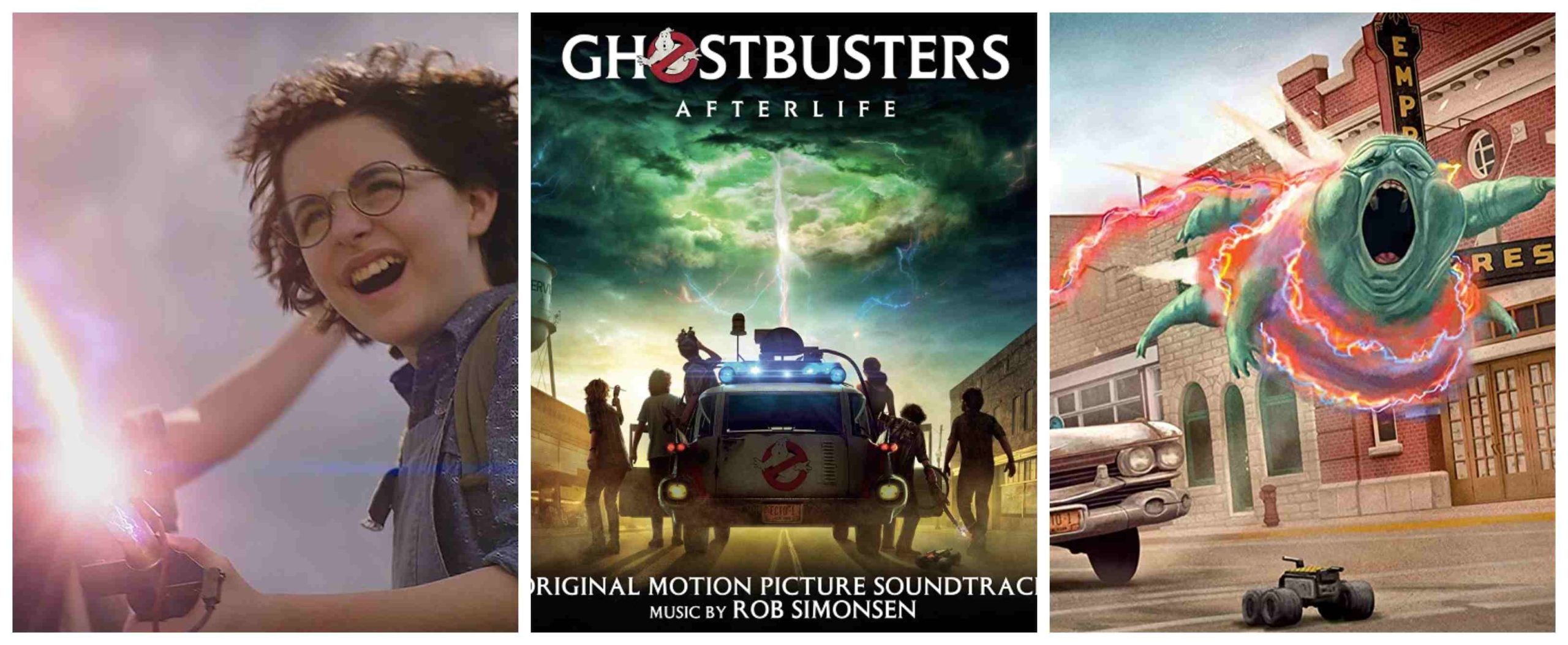
IN THE BEGINNING
In 1984, Ghostbusters was the first film I was allowed to see in the theatre without my mother. My friends and I sat close to the screen, not yet understanding the nuances of seat selection in a large cinema, and craned our necks in awe. It was the first comedy blockbuster in North America, but it was also scary as hell for a kid. I slept with the lights on for weeks, reimaging the spectral librarian hovering between the stacks and the skeletal cab driver.
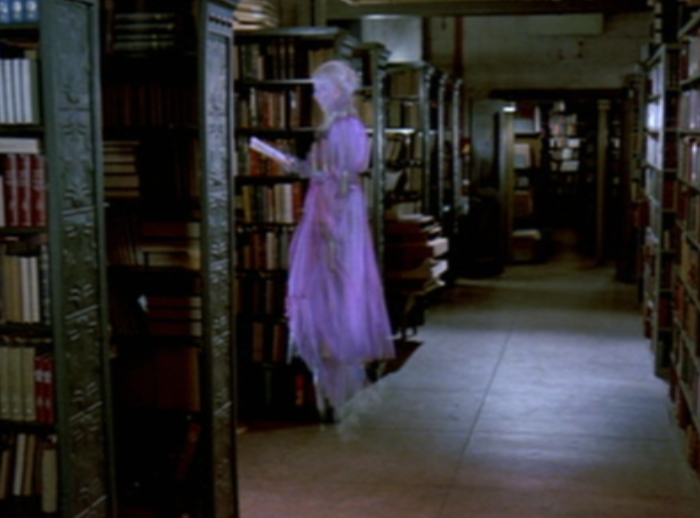
Ghostbusters changed my world. It was the movie that sparked my love for the paranormal and expanded my reading selections to include books by authors like Lois Duncan and Richard Peck. Christopher Pike was just beginning to publish YA novels, and pickings were slim for odd children like me who wanted to be scared on purpose.
It also changed the world of cinema, as the second movie to spark a multimedia franchise (after Star Wars) and the first big budget comedy with special effects. It quickly became a pop culture phenomenon that spread across the world with a full line of toys and merch, a theme song that hit number one on the pop charts (Ghostbusters by Ray Parker Jr.), and animated spin-offs. In 2015, Ghostbusters was added to the American Library of Congress’ National Film Registry.
As a child, I did not catch the political satire that Ghostbusters was built upon; I just thought Venkman (Bill Murray) was funny and that the special effects were surreal. My friends and I were so enthralled, in fact, that we created a club based on the movie and gathered in each others basements trying to scare one another with stories and pranks. To me, that was the essence of Ghostbusters: silly, spooky fun.
Although we were all excited for the release of Ghostbusters 2 in 1989, our club had long since disbanded and those of us who remained were now looking at the sequel through the jaded lens of teenage apathy. It just wasn’t as good as the original. Sequels rarely are. Even Bill Murray agreed, though, which is why Ghostbusters 3 was never made. No one wanted to tackle the production without him, and he refused to reprise the role.
THE CONTROVERSIAL REBOOT (2016)
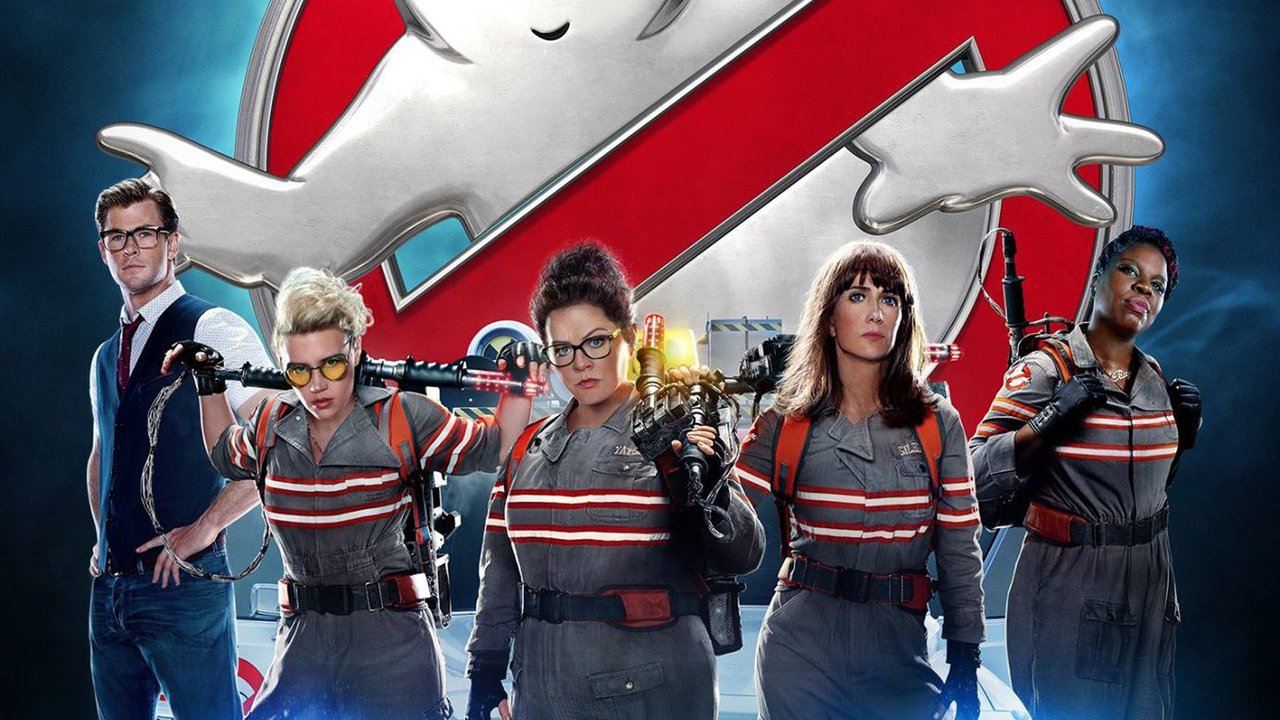
The Ghostbusters franchise, though, was Dan Aykroyd’s baby, and he was determined to carry the story on. With the relative failure of Ghostbusters 2, it was decided that the 2016 addition should be a reboot rather than a continuation of the old story line. He and Ivan Reitman formed Ghost Corps, Inc. under Sony Productions in 2015 to manage the Ghostbusters franchise and quickly moved to begin developing Ghostbusters: Answer the Call.
If you saw the reboot, you know that the film features a powerful all-female cast of comedians, a choice that Dan Aykroyd was proud of. The internet, however, was determined to tank the movie before it was even released. The trailer for Ghostbusters: Answer the Call was the most disliked video in YouTube history. The problem? An all female cast. The movie is good, and the cast played their roles with the same energy that the original Ghostbusters team gave us: hilarity against a backdrop of spooky effects. None of the first three movies in the franchise take themselves seriously which is a large part of their charm. This, in my opinion, is where the newest installment fails.
GHOSTBUSTERS: AFTERLIFE
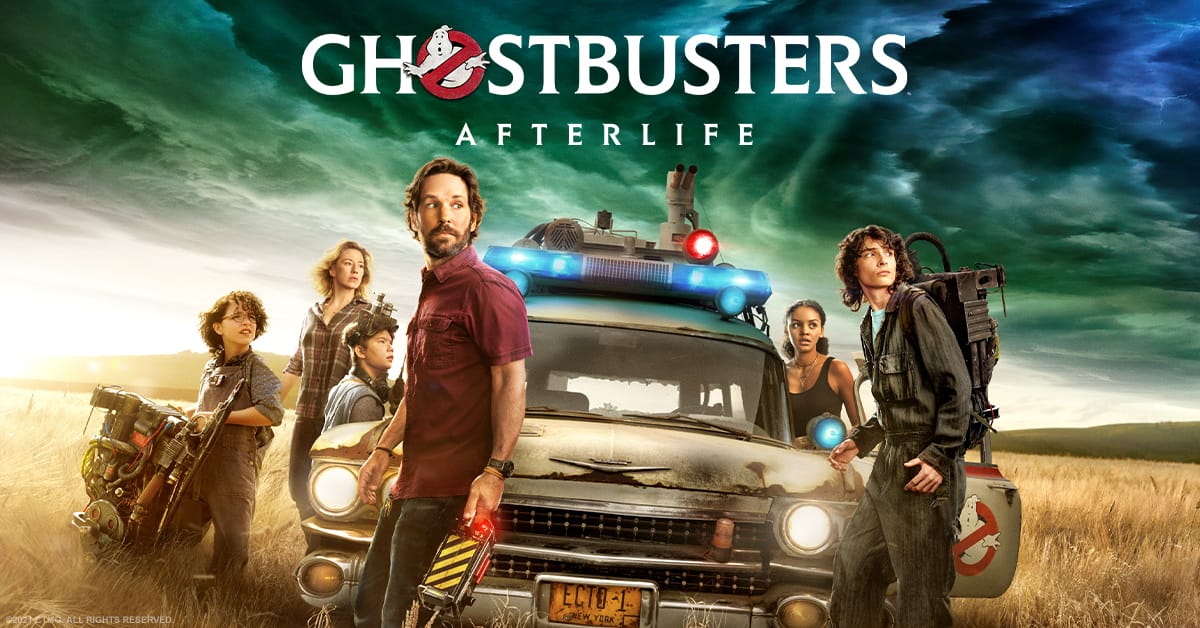
Ghostbusters: Afterlife is a strong attempt to revive the franchise following the unfair treatment that Answer the Call received at the hands of internet trolls with an over blown sense of entitlement, but for each wonderful element in the movie there seems to be an equally weak point.
Afterlife follows Egon Spengler’s estranged daughter and grandchildren when they inherit his dust bowl of a farm in Summerville, OK after his death. The creepiness of the wind-chipped farmhouse is fairly standard, but the mystery of the barren fields around the home is interesting. Egon was trying to trap something big in those fields when he died, and we spend most of the movie learning what that was, because it’s still out there.
Egon’s granddaughter Phoebe (Mckenna Grace) is a chip off the old block, favouring voluntary summer school science classes over exploring her new town. Her teacher Gary Grooberson (Paul Rudd) is a seismologist who is studying the strange earthquake activity in Summerville, convinced that something is amiss. When Phoebe brings her grandfather’s old ghost trap to class to show her friend “Podcast” (Logan Kim), Grooberson is sure it’s a replica. In this universe, New York City really was under seige by paranormal entities in the 1980s, and the Ghostbusters were a “pest control agency” of sorts. When Grooberson realizes the trap is real, he is determined to open it.
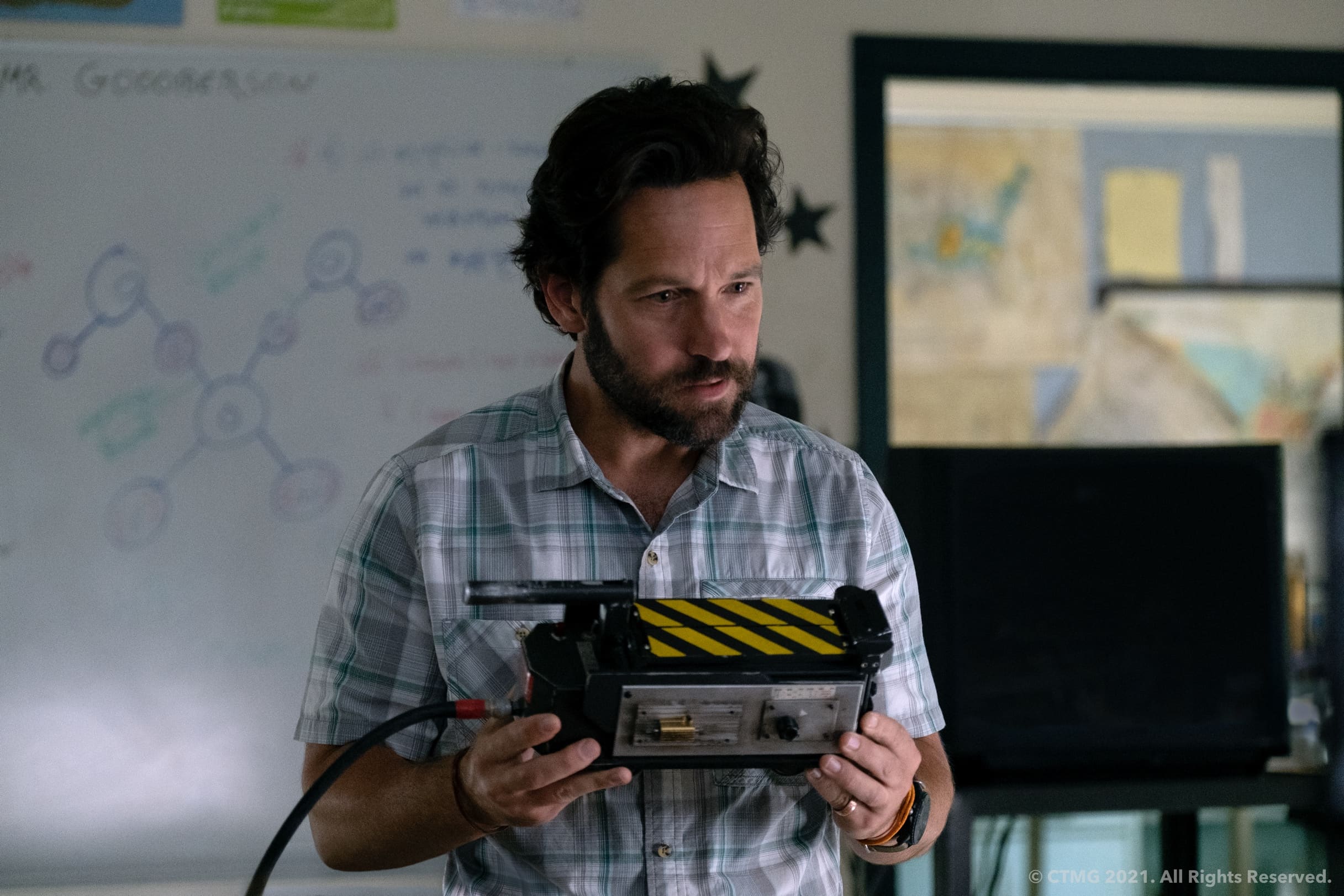
While Rudd delivers many of the film’s comedic lines, his character is seriously underdeveloped and underused. He seems more like a slapstick sidekick to Phoebe who, of course, becomes romantically interested in her mother Callie (Carrie Coon). Callie could be short for Calloused; her character is angrier than the story warrants, and largely unlikeable. The true comedian in this film is Logan Kim, Phoebe’s only friend, who calls himself Podcast because, well, he runs a podcast. Kim is a 14 year old actor from Dallas, Texas that the world needs to keep it’s eye on; the kid is a comedic natural. His lines are delivered with precise pacing to optimize their value, and his facial expressions are priceless.
There are several plot holes that beg to be filled, and the mini Stay Puft men are over-used. The biggest problem with this film is that it takes itself too seriously; it tries too hard. While the special effects are spectacular which is in keeping with the franchise, the whole mood is just wrong. It feels like the movie was written for a younger audience, and tries to force lessons of morals and values instead of continuing with the original vibe of good, spooky fun.
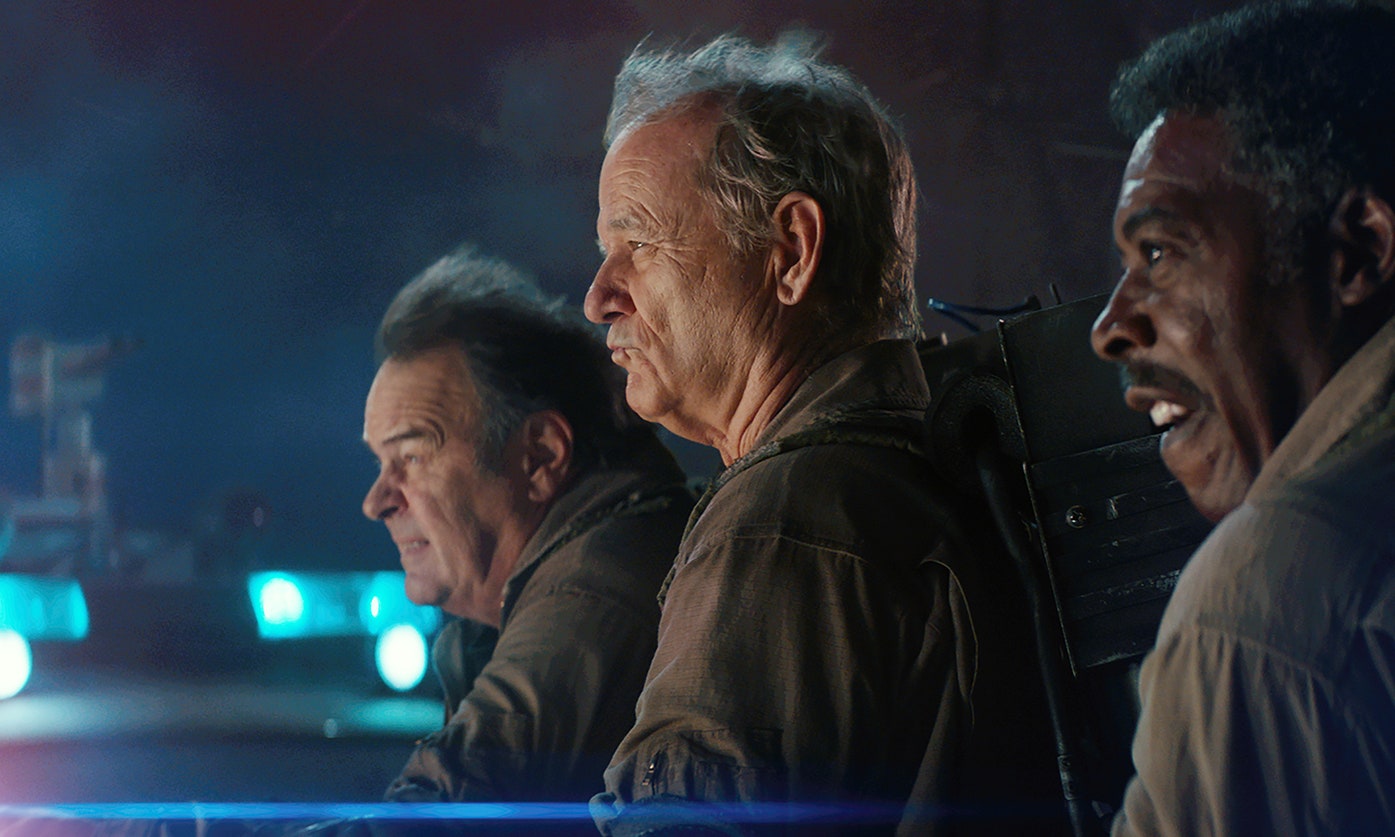
What the film lacks in continuity and the levity of Ghostbusters 1 & 2, it makes up for with nostalgia. Anyone who fondly remembers the original unveiling of Ecto 1 will be enamoured with this film’s nod to that scene. Phoebe’s experience with Egon’s beat up old armchair will also have you cheering at the screen. Even the mysterious entity that Egon was hunting before his death will have viewers dancing down memory lane. There are too many examples like these to list, and doing so would be just cruel for those who have not seen the movie yet. Be advised, though, that a particularly sentimental scene near the end of the film will tug even the hardiest heart strings; its execution is pure cinematic perfection.
As a stand alone film for a new audience, Ghostbusters: Afterlife is good. As a movie that was supposed to continue the story line after Ghostbusters 2, it was a disappointment. Ghost Corp, Inc. does have plans to release more films from the same universe as the originals, and I’ll be excited to watch those despite my feelings about this one. I would also love to see a continuation of Ghostbusters: Answer the Call as a different universe within the franchise, and this time without the misogynistic bashing. Some of what Afterlife did wrong, Answer the Call got right, and they deserve a sequel, in my opinion. Lucky for us, Dan Aykroyd is a prodigious writer who is as devoted to creating more Ghostbusters tales as we are to watching them.
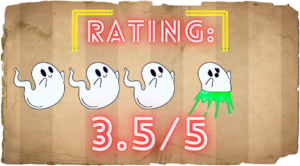
More Film Reviews
The Degenerates is a 2021 extreme found footage horror film, written and directed by Jonathan Doe and produced under Vile Video Productions. The film is the second entry to Jonathan’s… As a young girl who grew up stuffing my barbies into a toy replica of the monster truck Big Foot, Monster Man screamed out to me. What’s not to love about a… Since the division of Korea into two separate countries in 1948, North Korea have used its cinema to spread propaganda for their “Juche” or self-reliant ideology to the masses in… The Breach is a 2022 Canadian cosmic horror, written by Nick Cutter and Ian Weir, and directed by Rodrigo Gudiño. The film is based on the novel The Troop, originally… Ever since I was a small child, I have had a fascination with monster movies. They bring back nostalgic memories of sitting for hours on end, watching black and white… In 1967, four South African Republican Intelligence Agents respond to a mysterious object crash landing on a farm, playing out to offer South Africa’s first found footage horror movie. They…The Degenerates (2021) Film Review – An Astounding, Unforgettable Experience
Monster Man (2003) Film Review: Monster Truck Mayhem!
Film Insight: Pulgasari (1985) – Kaiju From North Korea
The Breach (2022) Film Review – Into The Breach Once More
Spookies (1985) Film Review: These Spooks Were Made for Walkin’
Wesens (2020) Film Review – A Subversive Mystery From The Afrikaans Sky
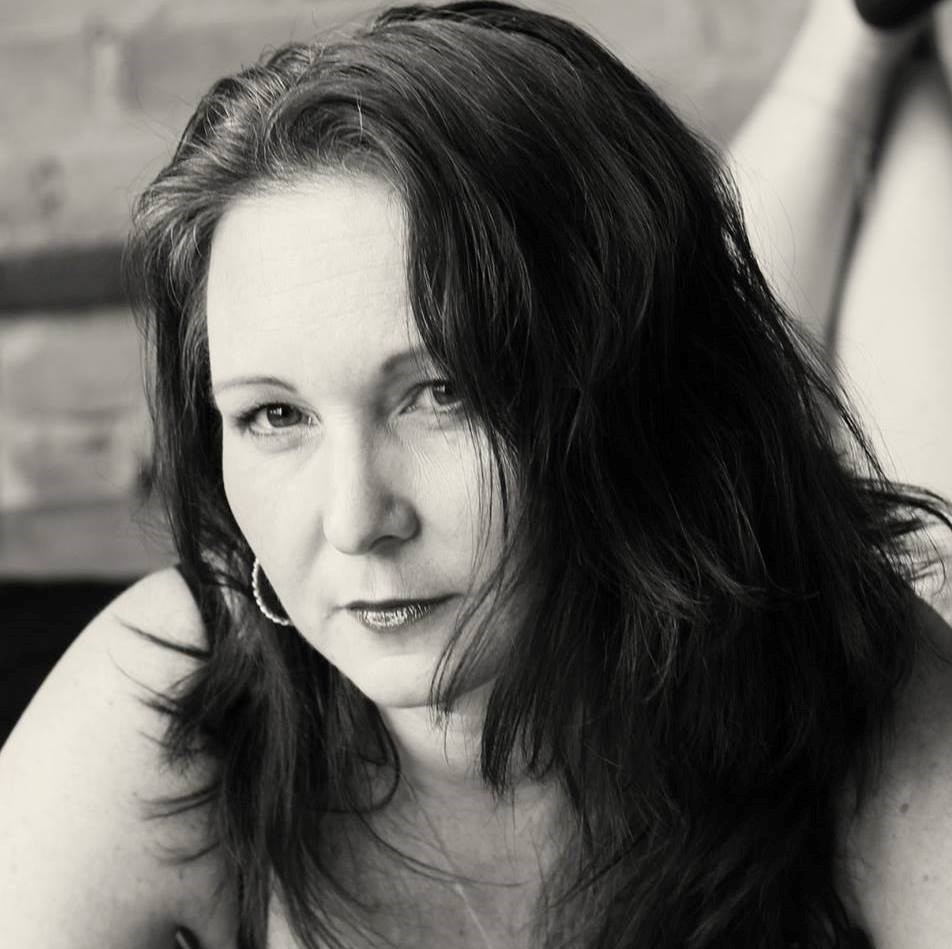
Kate’s love of all things dark began as a child and deepened when she realized what being an adult meant. She was born with a pencil in her hand and loves nothing more than writing horrific stories to tantalize her inner demons. Kate lives in Hamilton, Ontario Canada with her husband and her boys, stirring up trouble wherever she can.
